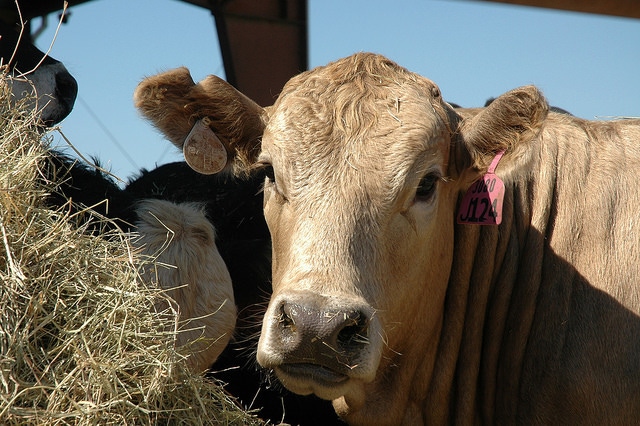October 5, 2016

The long-term trend of lower cattle prices will continue into 2017.
Dr. David Anderson, Texas A&M AgriLife Extension Service economist in College Station, said herd expansion by producers and other market conditions will keep prices low.
He sees the potential for an uptick in fed-cattle prices during the fall, which is typical especially around the holidays when specific cuts are in higher demand, but the highest prices for the year are behind producers.
“Producers have held back more heifers looking to expand herds, and we’re seeing the effects of more cattle,” Anderson said.
Cash prices on fed cattle last week were around $1.04 per pound compared to $1.20 per pound at the same time last year and the five-year average of $1.25 per pound.
PRODUCTION IS UP
Beef production is up almost 5 percent for the nation this year, Anderson said, which drives prices lower. Heifer slaughter in the last two months is up 18 percent compared to 2015, and steer slaughter is up 9 percent compared to 2015.
Anderson said the lower beef prices weren’t atypical among meat producers in general. The first half of 2016 saw a record amount of pork, poultry, turkey and beef produced in the U.S., which translated into lower prices across the board.
“That was weighing prices down some because consumers had more choices,” he said. “There’s also less processing capacity to handle higher numbers of cattle, so I think that is contributing to the overall decline in prices as well.”
For the latest on southwest agriculture, please check out Southwest Farm Press Daily and receive the latest news right to your inbox.
Good available forage and lower feed prices are helping offset prices in the calf market, Anderson said. Atypical August rains have range and pasturelands in good shape, and Texas produced record corn and sorghum crops which could affect the market as well.
You May Also Like




